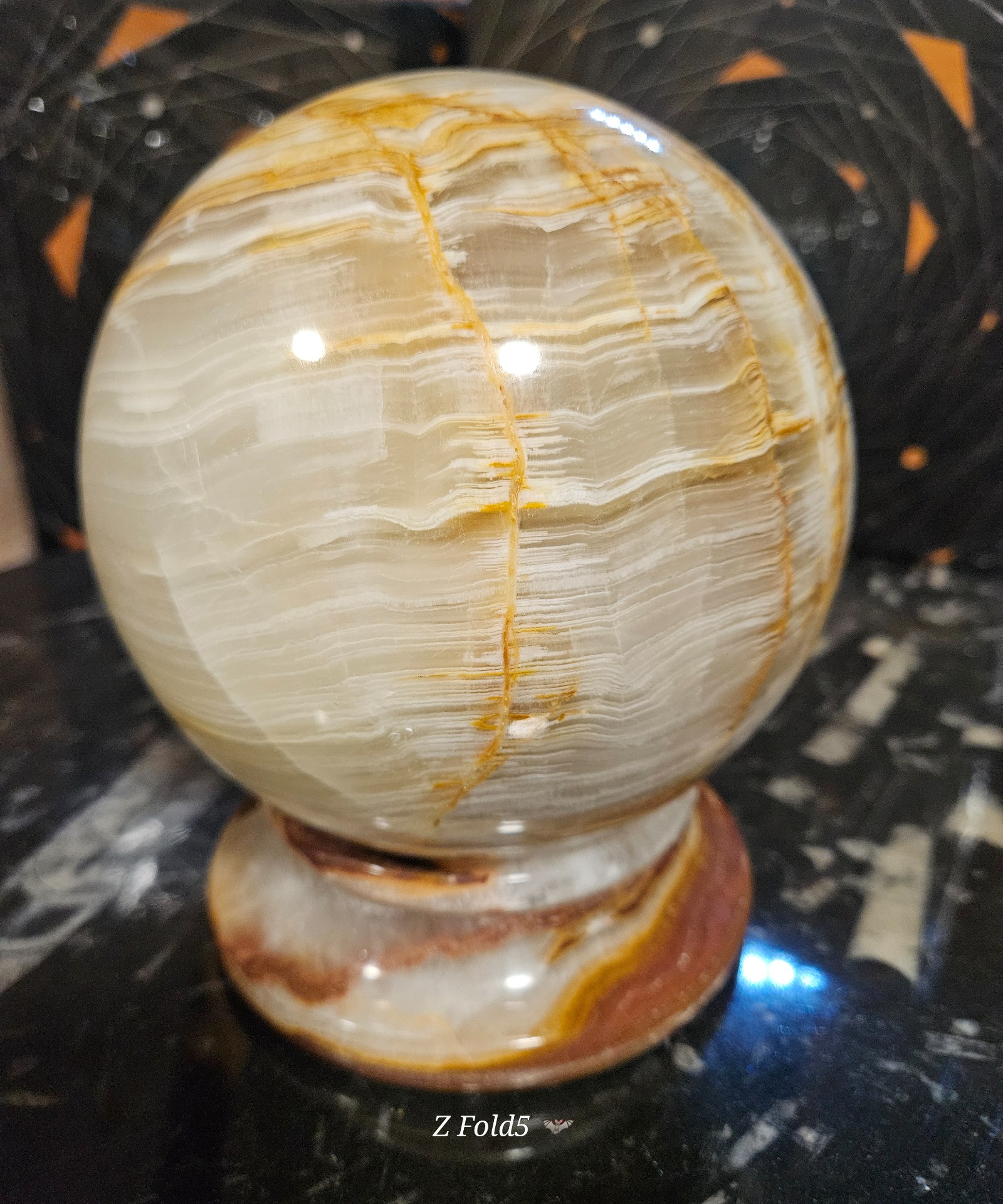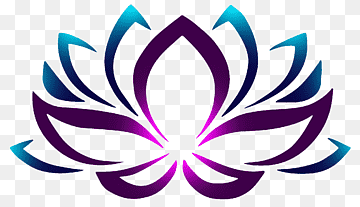GOLDEN ONYX
I hope the information is useful :)

Golden onyx is not a distinct mineral species, but rather a rock based on calcite or aragonite, with yellowish, golden, or brownish shades. It is often referred to as onyx marble, but this name is geologically inaccurate, as true onyx belongs to the quartz group.#
Formation and Properties
Golden onyx is formed in stalactite caves through the slow precipitation from water-containing solutions. Because of this, it has a layered, banded structure that gives it its characteristic pattern.
- Color: The yellowish, golden, orange, and brown shades are provided by iron oxides and other mineral substances present in the rock.
- Translucency: One of its most special properties is that it is translucent. This is why it is often used in interior design elements, such as backlit wall coverings or countertops, to take advantage of the spectacular lighting effect.
- Hardness: It has a value between 3 and 4 on the Mohs hardness scale, which is much softer than true onyx or granite. This makes it easily scratched and sensitive to acid, which requires care in cleaning and use.
Usage
Golden onyx is primarily used in luxury interior design due to its elegant and unique appearance.
- Decorative elements: Tiles, wall coverings, fireplaces, countertops, and tabletops.
- Artistic objects: It is also suitable for making sculptures, vases, and other decorative items.
Locations
The most significant locations for golden onyx include: Mexico (Puebla and Oaxaca states), Iran, Turkey, and Egypt.
Cleaning and Care
- Avoid acidic cleaners: Never use vinegar, lemon juice, or strong chemicals.
- Use a pH-neutral cleaner: It is best to use a cleaner specifically designed for stone surfaces or warm soapy water.
- Dry it completely: Always dry the surface with a soft cloth after cleaning to avoid water stains.
- Use coasters: Use coasters for glasses and dishes to protect the surface.

